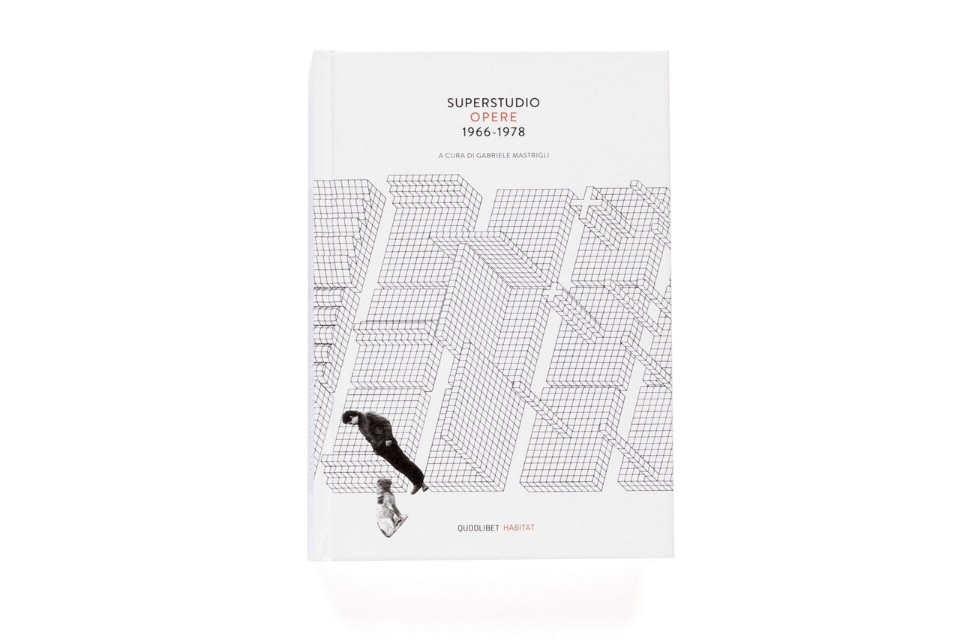In the last fifteen years or so, numerous publications and exhibitions in Europe and America have studied, with renewed interest and critical view, what has been defined in 1971 as Radical Architecture [1] and reignited a debate, remained for years dormant because of the ostracism of historians and intellectuals, on the work of its main actors – 9999, Archizoom, Remo Buti, Riccardo Dalisi, Ugo La Pietra, Gianni Pettena, Strum, Superstudio, Ufo and Zziggurat. Today, in historical essays devoted to the Sixties and Seventies, the Radical Architecture has become an essential point of reference also to understand the reasons of the affirmation of the latest architectural avant-garde.
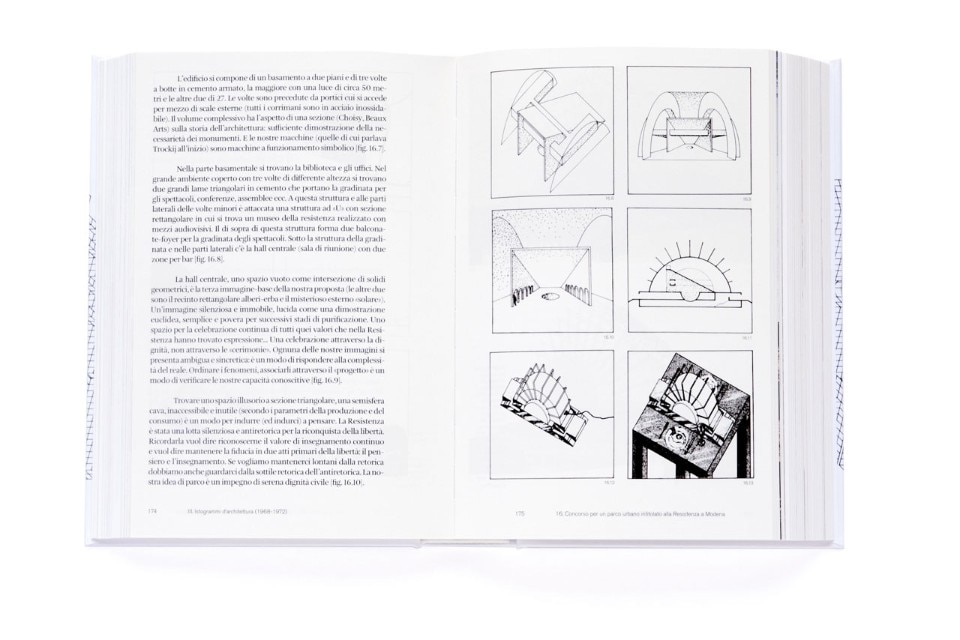
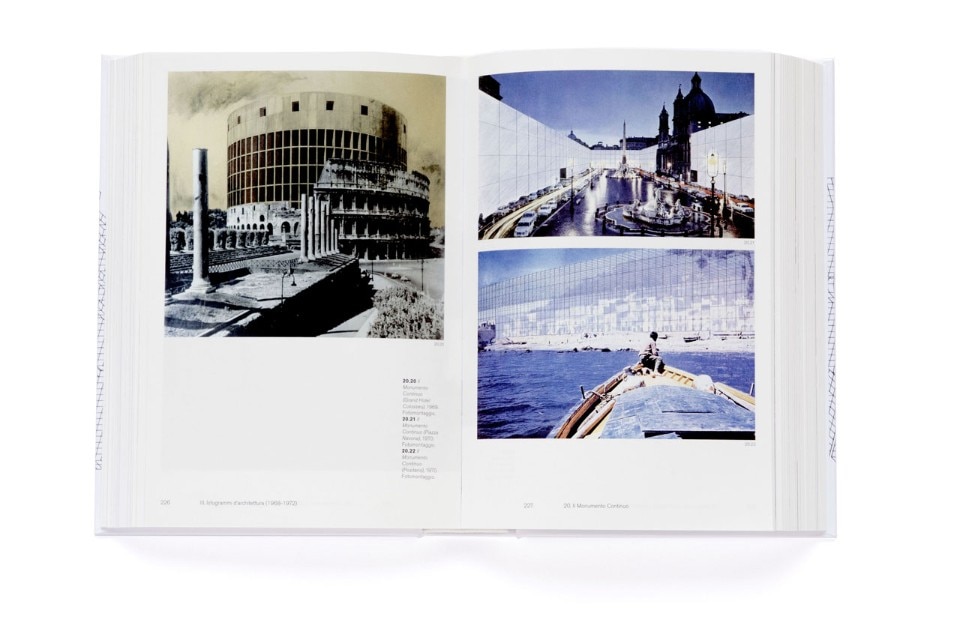
The structure of the book is defined by thematic subdivision and mainly chronological ordering of the most important and famous works of the group. The choice of texts and projects single’s out significant periods in the time frame considered, according to a classification similar to that proposed by Natalini in 1977. [3] This demonstrates how in a very short time Superstudio has managed to become a major actor in the international debate on architecture, urbanism and design, helping to shape new forms of intervention based on a theoretical and metaphorical system. However, do not appear in this book the few buildings realized by Superstudio that could confirm the application of some of its theoretical reflections even in the field of construction, and at the same time deny the misinterpretation, and sometimes still actual idea, of a group who never realized architecture. [4]
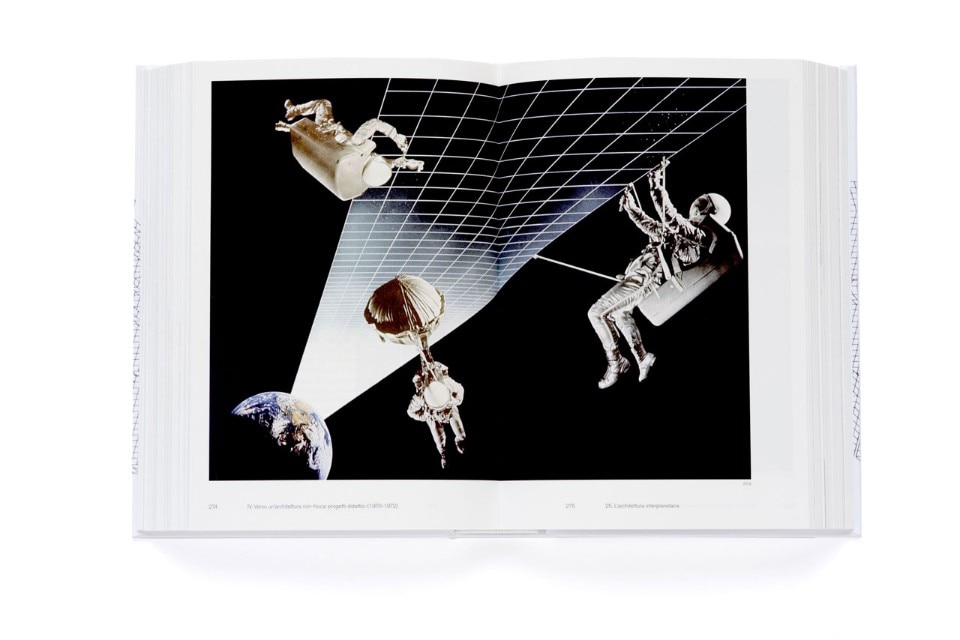
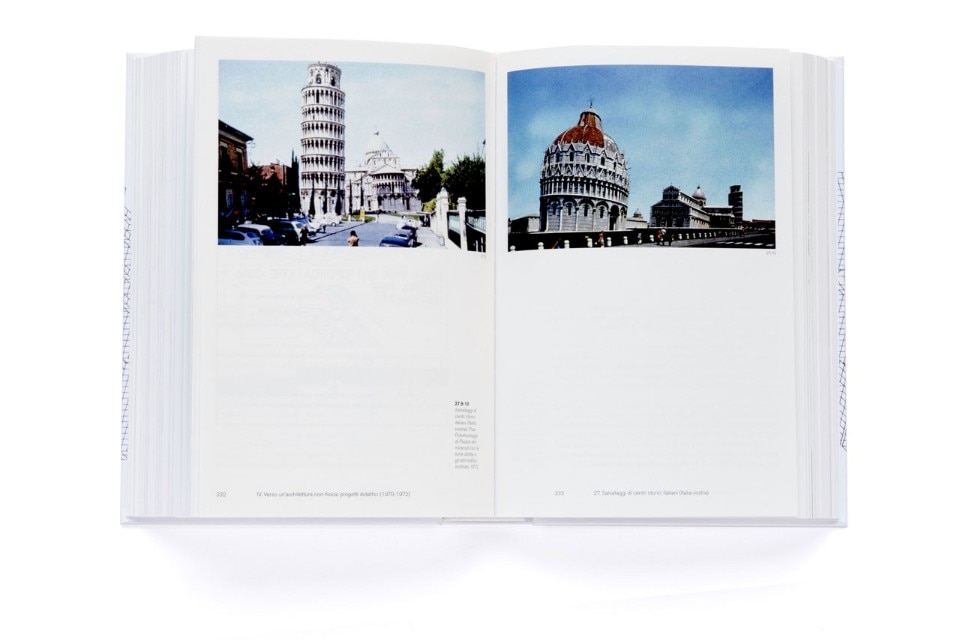
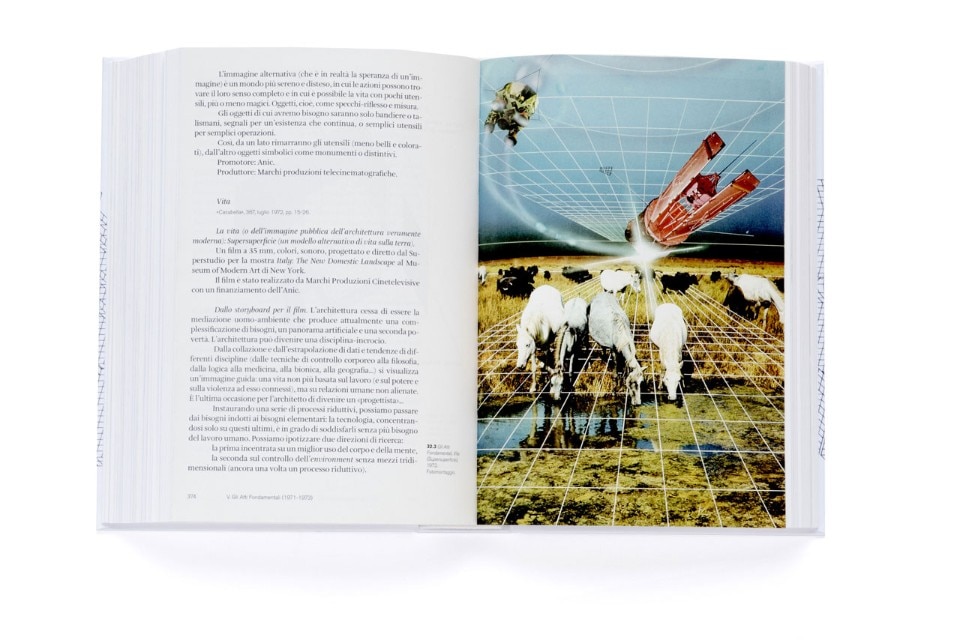
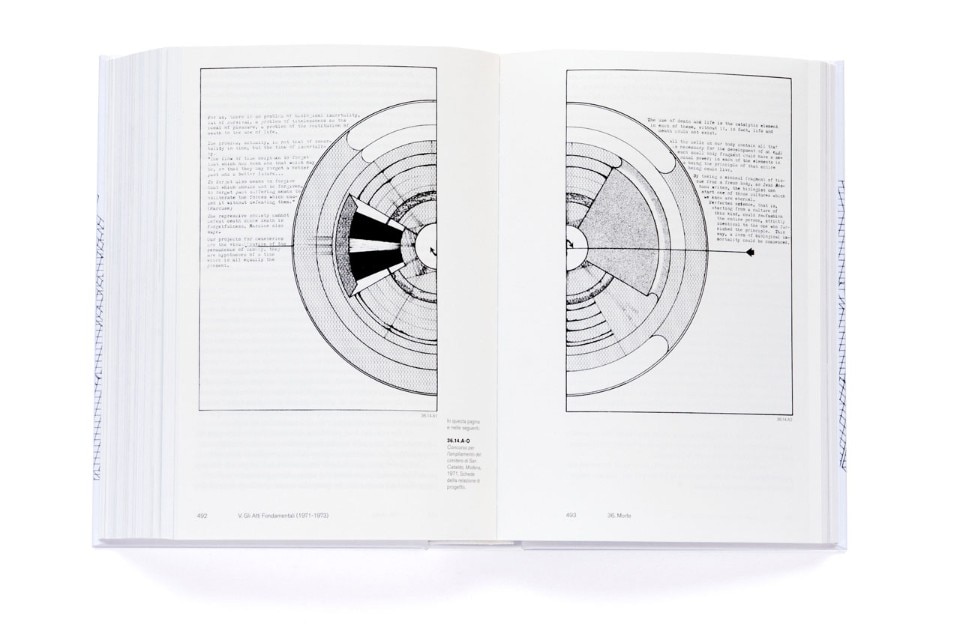
1. Germano Celant, Senza titolo, in “IN. Argomenti e Immagini di design”, n. 2-3, March-June 1971, pp. 76-81.
2. “Superstudio 50”, exhibition curated by Gabriele Mastrigli at the MAXXI in Rome, 21 April-4 September 2016.
3. Adolfo Natalini, Com’era ancora bella l’architettura nel 1966, in Spazioarte, n. 10-11, June-October 1977, pp. 6-11.
4. See: Stephen Wallis, The Super Superstudio Italy’s legendary radical design group never actually finished a building, and yet its hallucinogenic visions are still making waves, in “The New York Times Style Magazine”, 17 April 2016, p. 278.
5. Adolfo Natalini, letter to Domus, 26 April 1971 (Archivio Natalini, Firenze).
6. La moglie di Lot e la coscienza di Zeno, La Biennale di Venezia 1978: Utopia e crisi dell’antinatura. Intenzioni architettoniche in Italia, exhibition catalogue, Venice 1978.

